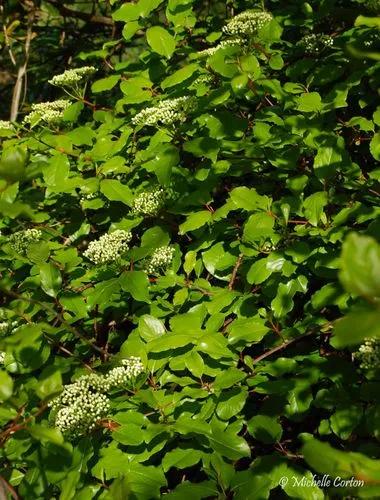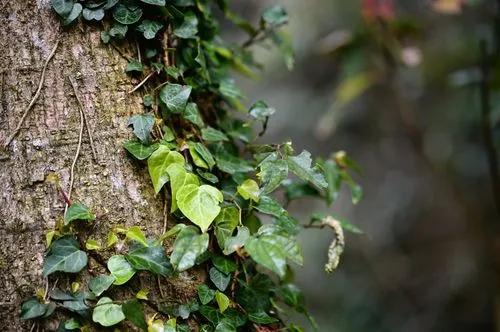Citrus limon is an evergreen plant that belongs to the genus Citreae of the Ruthaceae family. The lemon's homeland is India, China, and the Pacific tropical islands. The lemon is a fruit bearing plant, sure to please you with its colorful appearance and tasty, aromatic fruits.
Citrus Limon Care
Citrus Limon



A lemon tree ranges from 16-26 feet (5-8 meters) tall. The shortest subspecies is only 3 feet (2 meters) tall. The tree has a spreading crown composed of leathery green leaves, with an unmistakable smell. The flowers are pinkish on the outside, with white or light cream insides. The fruits are yellow, oval, and elongated at both ends.
How to Care for the Plant

Water

You should water Citrus limon generously at least twice a week during the summer. It is better to use boiled or settled water for irrigation, as citrus fruits are especially sensitive to chlorinated water. In winter, you can water the lemon once a week.

Pruning

Prune and shape the crown in the spring before active growth begins. Each stem should have 4-5 leaves. During the flowering period, you must regulate the number of flowers so as not to exhaust the plant's resources, making your lemons juicier and your harvest bountiful.

Fertilizer

Fertilize the lemon more often than most of your other plants. Gardeners recommend fertilizing the plant weekly during the summer. A monthly top dressing in winter will also have a beneficial effect. You can use cow dung, or buy a special citrus fertilizer for a less stinky solution.

Sunlight

Lemon loves bright, diffused sunlight. In summer, you may move the plant to a shady place to avoid leaf scorch. However, remember that with poor lighting, the crown of the lemon will be faded, and the fruits will be sour.

Soil

You can use peat, leafy soil, humus, and sand in a ratio of 2:1:1:1 for a young lemon plant. For grown trees, the proportion should be 3: 1: 1: 1. You can also add some clay to the soil.

Propagation

There are several ways to propagate Citrus limon. You can use seeds, cuttings, or grafts. The simplest and most reliable way is cutting. Gardeners always cut their grafts in spring and summer. Immerse the sprout in the soil by two centimeters, covering it.

Temperature

In the summer, you should keep lemons between 65-68 degrees Fahrenheit (18-20 Celsius), as this is the optimal temperature for flowering and fruit formation. In winter, the temperature regime can be 60-65 degrees Fahrenheit (15-18 Celsius).

Container

Choose a container with a flat bottom, as the tree can be top-heavy and may be unstable without a solid base. The pot's diameter should become larger with each new transplant, as the size of the root system will adjust to the size of the pot. There must be drainage holes in the bottom of the pot. Pots of any material will do.

Fun fact

Lemon was listed in the Guinness Book of Records! An Israeli farmer has grown a lemon weighing more than 5 kilograms. Talk about sour!

Popularity

9,478 people already have this plant 2,662 people have added this plant to their wishlists
Discover more plants with the list below
Related articles






